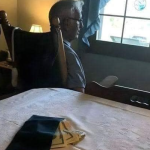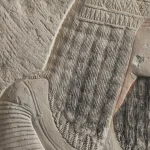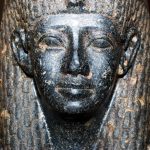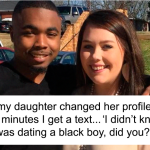The Hero of the Potomac
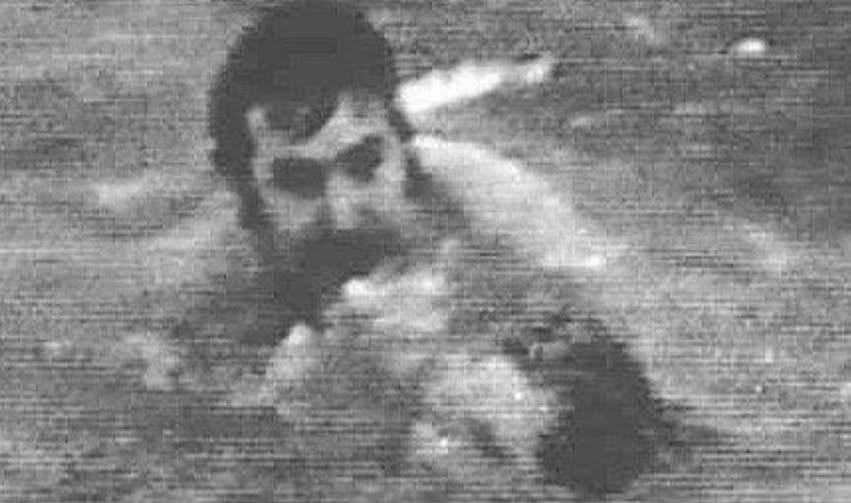
The Hero of the Potomac
On January 13, 1982, Washington, D.C. was gripped by a brutal snowstorm. Blinding snow and ice coated the streets, the Potomac River lay frozen in places, and yet Air Florida Flight 90, a Boeing 737 bound for Fort Lauderdale, attempted takeoff from National Airport. Moments later, tragedy struck.
The aircraft struggled to gain altitude, its wings heavy with ice. It barely cleared the runway before striking the 14th Street Bridge, smashing into cars caught in the winter traffic. Then it plunged into the icy Potomac River. In an instant, 78 lives were lost—passengers, crew, and drivers on the bridge. Only five souls survived the crash.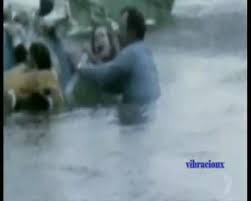
Rescue teams fought the storm to reach them. From the air, a helicopter hovered above the wreckage, dropping life rings to the survivors clinging desperately to the twisted metal in the freezing water. One by one, some were pulled to safety. But for one woman, too weak to grasp the line, the fight seemed nearly over. She slipped beneath the surface, seconds from drowning.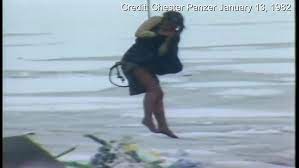
That was when an ordinary man stepped forward. His name was Lenny Skutnik, a 28-year-old office assistant for a government agency who had been watching from the riverbank with other bystanders. He saw her struggling, saw her sinking, and without hesitation, stripped off his coat and boots.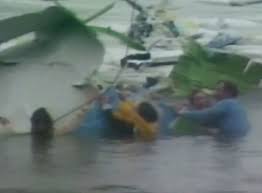
Wearing only his shirt sleeves in the frigid air, Lenny dove headfirst into the Potomac. The water was brutally cold, the current strong, but he swam with determination toward the woman who could no longer fight for herself. He reached her, lifted her up, and pulled her back through the icy current to the river’s edge.
Both survived. The woman would live because a stranger refused to stand by and watch her die. And Lenny himself walked away shivering, exhausted—but alive.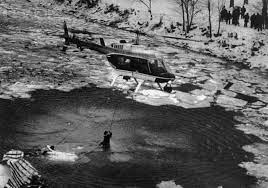
Later, President Ronald Reagan would invite Lenny Skutnik to sit in the First Lady’s box during the State of the Union address, honoring his courage before the nation. But Lenny never sought fame. He insisted he only did what needed to be done.
That day, in the chaos of disaster, when dozens stood watching, one man chose to act. His bravery became a symbol of hope rising from tragedy—a reminder that even in the darkest moments, humanity can shine its brightest.


